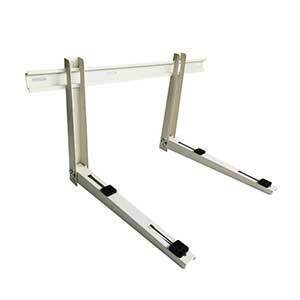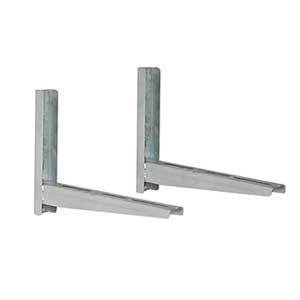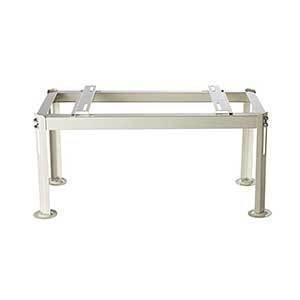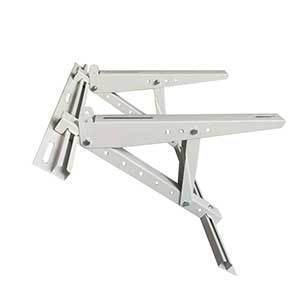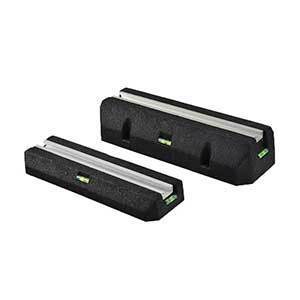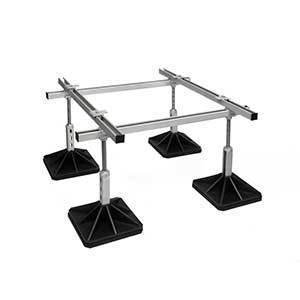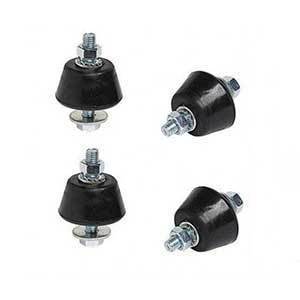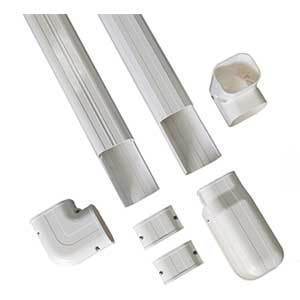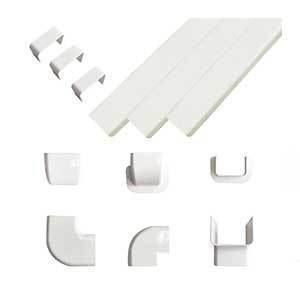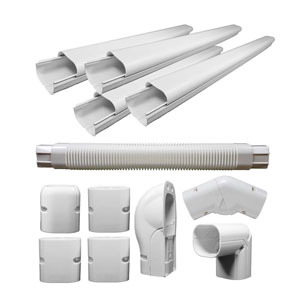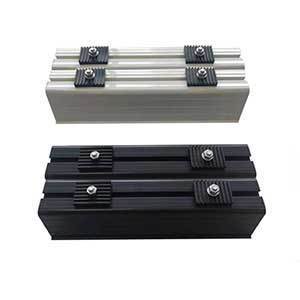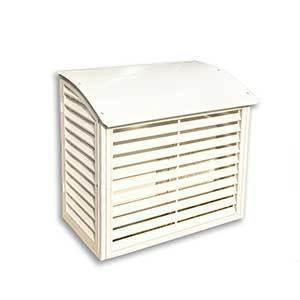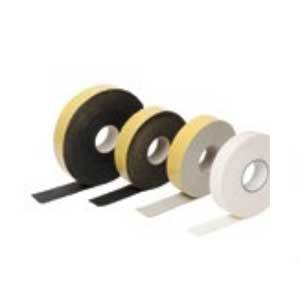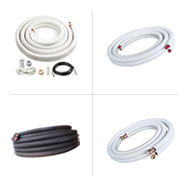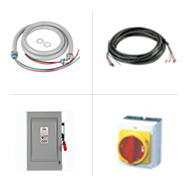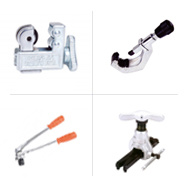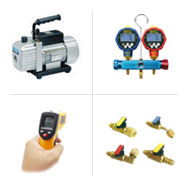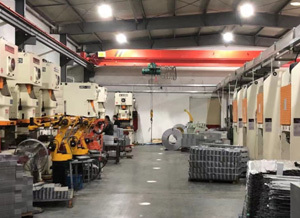Why Every DIY Enthusiast Needs a Rubber Mount in Their Toolbox
Date:
2025-07-24
Discover the versatility and benefits of using Rubber Mounts in various DIY projects and applications.
Introduction to Rubber Mounts
Hey there, DIY aficionados! If you’ve ever found yourself in the midst of a home project, you know how crucial it is to have the right tools. One unsung hero that often gets overshadowed by flashy gadgets is the humble Rubber Mount. But don’t let its simplicity fool you; this nifty device packs a punch in versatility and functionality!
What is a Rubber Mount?
So, what’s all the fuss about? A Rubber Mount is basically a cushion or a support system that absorbs vibrations and provides stability. They can be found in a variety of applications, from automotive to industrial machinery, and even in your household appliances. Talk about a multitasker!
Types of Rubber Mounts
Hold onto your hats, folks! There are several types of Rubber Mounts out there. Each type serves a specific purpose, and understanding them can make all the difference:
- Engine Mounts: These bad boys are crucial in vehicles, ensuring the engine is securely in place while minimizing vibrations.
- Isolators: Used in various setups, they help reduce noise and vibration, making your environment a lot more pleasant.
- Shock Absorbers: Perfect for heavy-duty applications, these mounts absorb shocks from impacts, protecting both the equipment and the user.
Why Use a Rubber Mount?
Now, you might be wondering: why should I bother incorporating a Rubber Mount into my projects? Well, let’s break it down:
- Vibration Dampening: Rubber mounts are fantastic at absorbing vibrations, which can prolong the life of your equipment.
- Improved Stability: They provide a solid foundation, reducing the chances of wear and tear on machinery.
- Noise Reduction: Who doesn’t want a quieter workspace? A good Rubber Mount can help achieve that!
How to Choose the Right Rubber Mount
Ah, the million-dollar question! Choosing the right Rubber Mount depends on several factors:
- Application: What are you using it for? Different applications may require different types of mounts.
- Load Capacity: Ensure the mount can handle the weight and stress it will be subjected to.
- Environmental Factors: Consider where the mount will be used—outdoors, indoors, high temperatures? This can affect your choice.
Common Applications of Rubber Mounts
Whether you're tinkering in your garage or working on a major construction site, Rubber Mounts are everywhere. Here are some common applications:
- Automotive: From cars to trucks, they’re essential for engine stability.
- Machinery: Heavy machinery often relies on these mounts to function effectively.
- Household Appliances: Ever wondered why your washing machine doesn’t rattle as much? You guessed it—Rubber Mounts!
Installing Your Rubber Mount
Ready to give it a go? Installing a Rubber Mount isn’t rocket science, but it does require some finesse. Here’s a quick guide:
- Gather your tools: You’ll need a wrench, some screws, and of course, your Rubber Mount.
- Identify the correct location: Make sure it aligns properly with the equipment you’re mounting.
- Secure it in place: Follow the instructions specific to your mount, and tighten everything just right!
Final Thoughts
In conclusion, if you’re looking to enhance your projects and ensure longevity in your equipment, don’t underestimate the power of a Rubber Mount. They’re an investment that pays off in performance, stability, and peace of mind.
So next time you're at the hardware store, grab a couple of Rubber Mounts and see how they can change your DIY game. Happy building!
RELATED NEWS
REQUEST YOUR CUSTOMISED PROJECT
Speak With Our Experienced Consultants To Learn How
was founded in 2005. In order to make installation simpler, faster and better, we dedicate to the research, development, design
Copyright © HARBIN CMEG CO.LTD.

Message
 cristinwei@climalink.cn
cristinwei@climalink.cn
 +86 451 82387383
+86 451 82387383 





